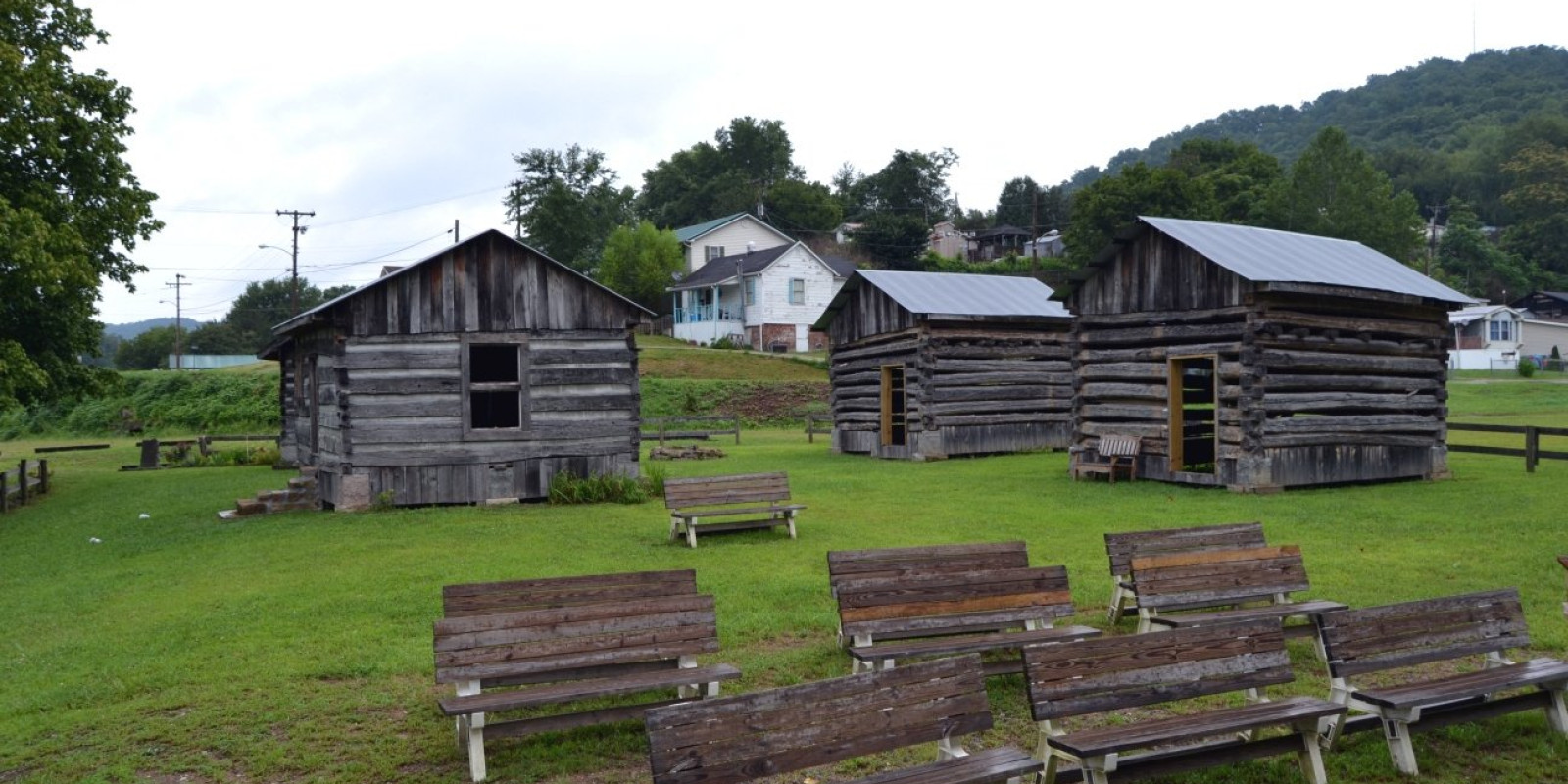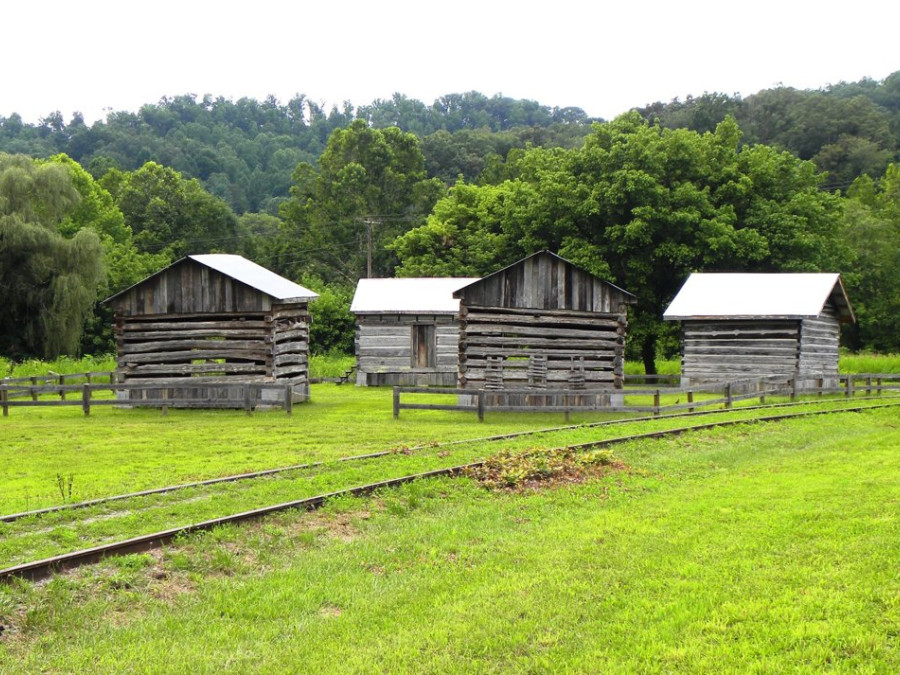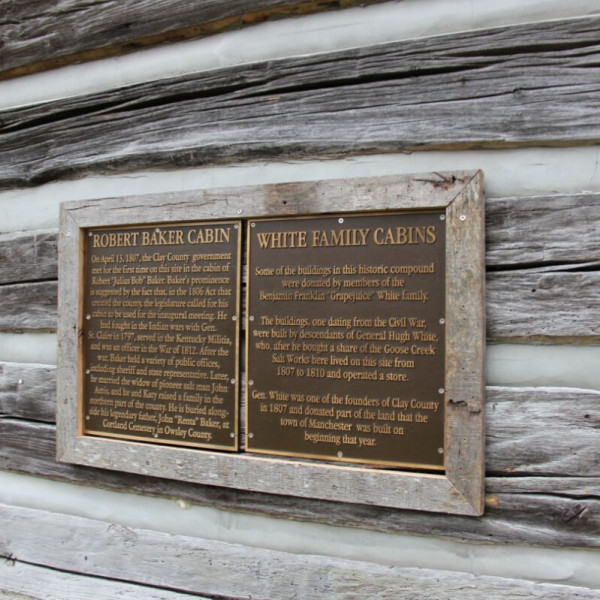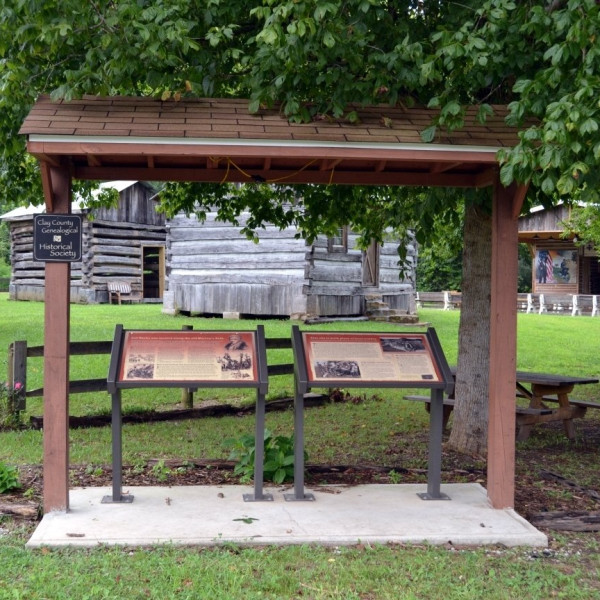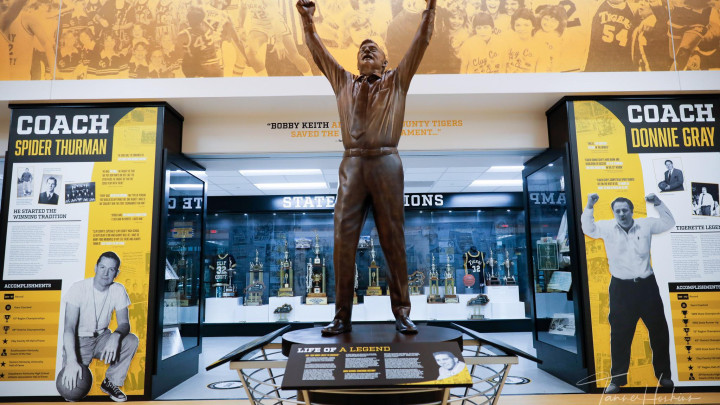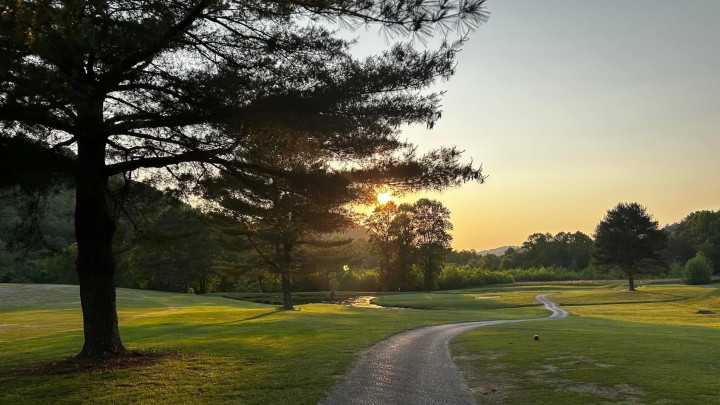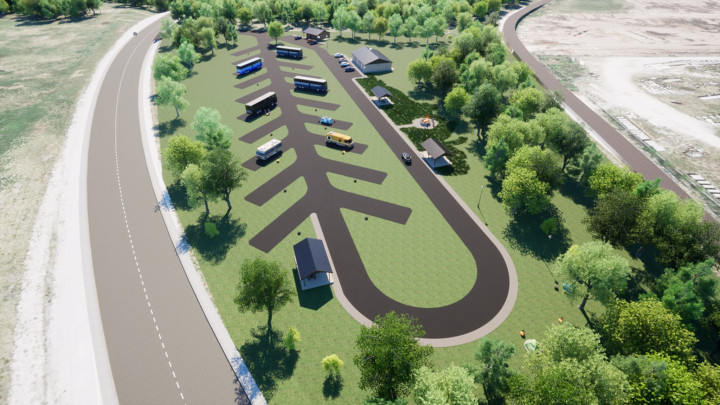If you’re looking for a place that marries deep history, Appalachian charm, and tranquil natural beauty—one that invites you to step back in time and feel the stories beneath your feet—then Saltworks Pioneer Village (also known as Goose Creek Salt Works Pioneer Village) in Manchester, Kentucky, should be on your must-visit list.
A Glimpse into the Origins of Clay County
Long before Manchester’s modern streets, this spot on Goose Creek was vital. It was here that the Langford Salt Works, later called the Goose Creek Salt Works, was established—becoming one of the earliest economic engines in the region.
Salt wasn’t just a seasoning—it was essential for preserving meat and supporting pioneer life. So important was it that early road funding and legislative attention were directed to connect the salt works to other settlements.
When Clay County was created in 1807, the first county and circuit courts met in a cabin at the salt works, before Manchester was formally founded.
What You’ll See & Experience There
Walking into the village is like entering a living history book. Here are some highlights:
- Jesse Cotton Cabin — The centerpiece structure, estimated to be 175 to 220 years old. It stands in for Robert Baker’s cabin, which hosted the first county government in 1807.
- Historic Log Cabins & Structures — These include a store originally built by Hugh White (1806), quarters believed to have housed slave workers in the salt industry, and early settler homes.
- Interpretive Signage & Markers — The site is dotted with informational displays and bronze plaques that tell the stories of the families, politics, and industry that shaped the county.
- Outdoor Stage / Pavilion — The village grounds now host concerts, plays, and community events—bringing history to life through music and storytelling.
- Trails & Riverside Walks — The site connects to a walking trail along Goose Creek that leads toward Rawlings-Stinson Park, giving visitors a quiet, scenic way to explore the surroundings.
Why Visit?
1. Authentic & Personal History
This isn’t a distant reconstruction—it’s a carefully assembled, site-linked preservation. The Jesse Cotton Cabin, for example, was relocated and preserved to reflect its original context. You’ll feel connected to real pioneer lives, the salt industry, and the early governance of Clay County.
2. Stories of Struggle & Change
From legislative acts that funded roads for salt transportation, to Civil War raids that destroyed salt works to keep it from Confederate hands, to local feuds and industry decline—the village stands amid a layered and dramatic history.
3. A Peaceful & Scenic Getaway
Surrounded by the rolling hills, creek banks, and Appalachian forests of southeast Kentucky, the area is ideal for walking, reflection, and nature photography. The walk from the village toward the riverside is especially peaceful.
4. Cultural & Community Events
The site isn’t just static—it is alive with annual events such as the Saltworks Appalachian Homecoming, which features bluegrass music, performances, and community gathering. Such occasions let you soak in local culture and meet residents who share passion for their heritage.
5. A Perfect Stop on a Broader Appalachian Route
Manchester sits amid trails, rivers, and heritage sites—the swinging bridges, creek systems, petroglyphs, and hiking routes make a visit to the village just one jewel in a broader Appalachian exploration.
Visitor Info & Tips
- Location: 269 Railroad Avenue, Manchester, KY.
- How to Get There: From US-421 south of downtown, turn onto East Manchester Bridge, take the first right onto Railroad Avenue, continue about ½ mile, turn right; the village is on your left.
- Operating / Access: The historical society maintains the site; the city lists it among attractions with open grounds, interpretive signage, and event usage.
- Best Time to Visit: Spring, summer, and fall when the trails are welcoming and events are more likely.
- Nearby Attractions: Combine the visit with Manchester’s swinging bridges, rivers and creek trails, the Red Bird Petroglyph, and the Clay County “We Were” Museum.
